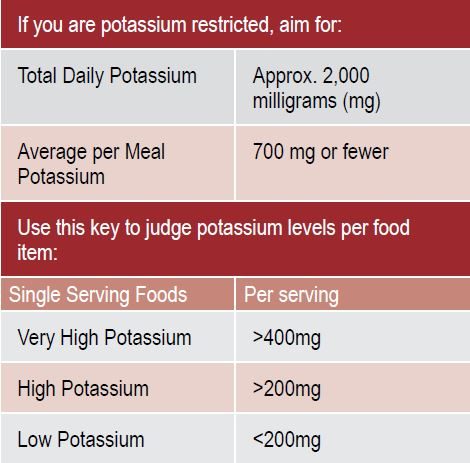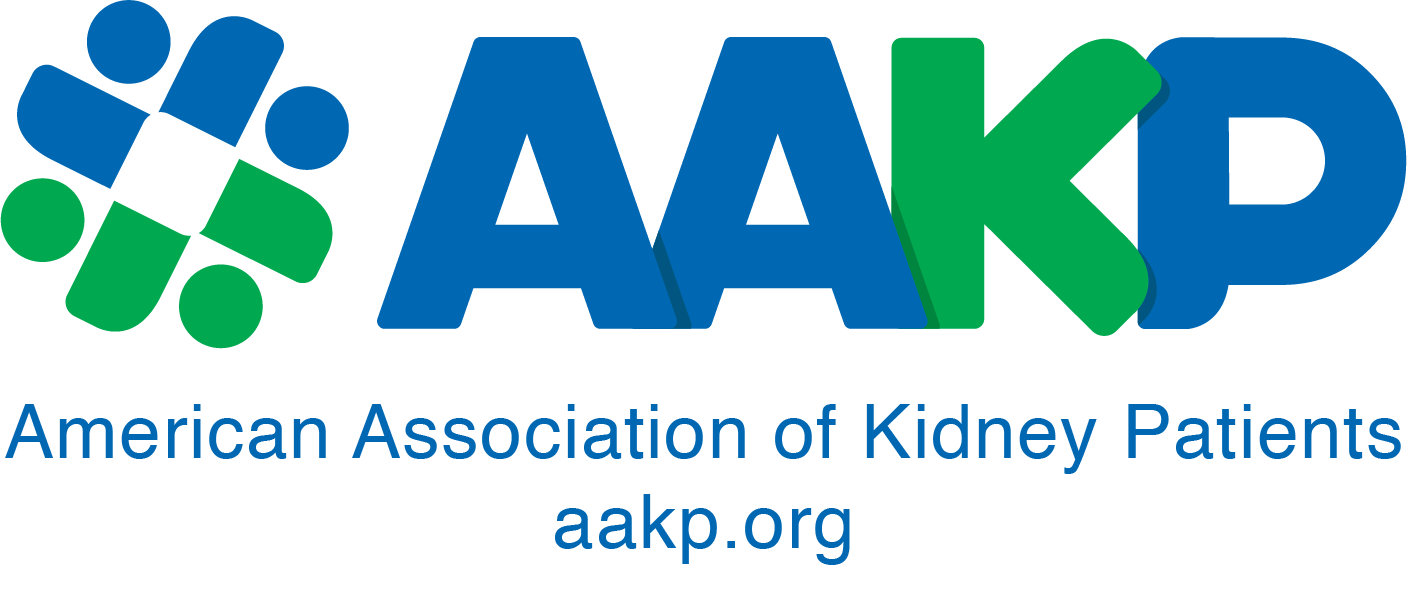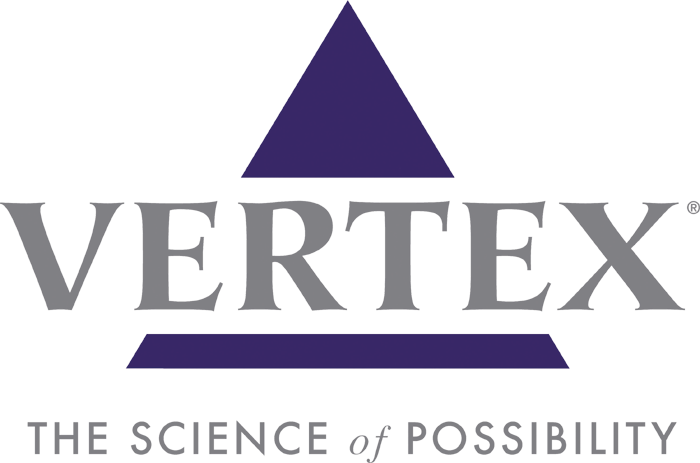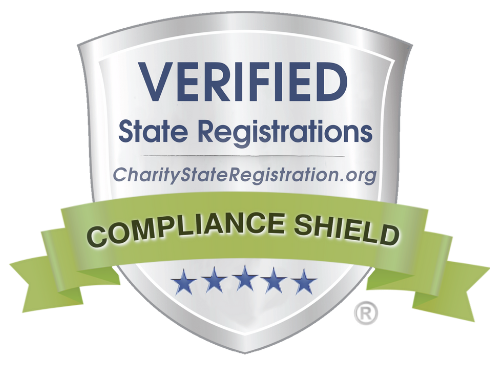By Carolyn Feibig, MS, RD, LD, CCTD
Living with chronic kidney disease (CKD) can make menu planning confusing, and even difficult, particularly because your eating patterns change depending on the stage of your disease.
In CKD stages 1-3B, your diet should be high in vegetables, whole grains, and lean proteins, similar to the DASH Diet, which stands for “Dietary Approaches to Stop Hypertension.”
In CKD stages 4 and 5 (pre-dialysis), you will need to limit protein and move to more plant-based proteins supplemented with limited amounts of skinless poultry and fish. Your doctor also may place you on a diet that limits how much fluid and potassium you should consume.
If you are in CKD stage 5 and on dialysis, your nutritional recommendations change again. You will now need to increase protein but keep potassium, phosphorus, and fluid consumption low. Juggling all these requirements and adjusting to the changes can be overwhelming.

Potassium is closely monitored when living with later stages of kidney disease. It is an important electrolyte that has many functions in your body including blood pressure regulation, nerve function, and possibly the most known function, helping with muscle contraction, including your heart. People living with kidney disease need to monitor their potassium level to keep it in the desired range—not too high and not too low—because either could cause an irregular heartbeat and potentially serious health problems. Like Goldilocks, you want your potassium to be “just right.”
Potassium levels are monitored by a blood test. The optimal range is 3.5-5.0mEq/mL (3.5-5.5 if on dialysis). Know your numbers!
Disclaimer: Potassium needs may vary by individual. Ask a registered dietitian nutritionist how much is right for you.

Aiming for an on-target average meal potassium amount is a great goal, but time consuming. Save time by knowing what foods are high in potassium and eat those sparingly. Know what foods are lower in potassium, particularly the ones you like, and use them more often in your recipes. Plan your meals around tasty, healthy, lower potassium recipes like the recipes from the AAKP Delicious! recipe editions (see additional resources at the end of the article for AAKP Delicious!).
Meal planning will help you manage your potassium and as well as your phosphorus, fluid, and sodium intake, which are also important for kidney patients to monitor. Be prepared. It will take time at first, but will get easier, and the payoff is worth it. Start by choosing one day a week for planning and shopping. Build a weekly plan using quick, easy, kidney-friendly recipes. Organize your groceries by recipe to create meal kits. Make double batches–LEFTOVERS ARE QUICK AND CONVENIENT! Use one ingredient twice. For instance, tonight’s roasted chicken and grilled veggies are tomorrow’s chicken tacos. Build your breakfast the night before. Watch out for a new AAKP Delicious! recipe coming out in March–Overnight Oats! These tips will help achieve your potassium and meals goals daily.
It might seem difficult to manage potassium, especially once the farmers’ markets begin popping up after their winter hibernation, but it’s important to make the most out of low potassium fruits and vegetables. Talk to your dietitian about how to safely splurge on a higher potassium food you like, such as tomatoes or nuts. Remember that portion size matters. For example, build a delicious garden salad using these lower potassium veggies: iceberg lettuce, onions, bell peppers, radishes, and cucumber. This gives you the opportunity to add a small amount of a higher potassium food like grape tomatoes or walnuts. Substitutions help. Are you a fan of mashed potatoes? Try a cauliflower mash instead! Like oranges? Have a clementine and shave off 100mg of potassium. Love beans? Use a one-fourth cup of pinto beans for 165mg of potassium instead of one-half cup for 330mg.
There are many resources available to help you eat kidney friendly, including the AAKP website. Check it out for links to their Nutrition Counter for quick access to potassium levels in specific foods, and recipes from AAKP Delicious! and other trusted sources.
Foods high in potassium are part of a healthy eating pattern. Although you may need to limit your daily potassium, most foods can fit into a meal plan. So, never fear, tips are here!
Choose foods that keep you full longer:
- Foods with protein
- Foods with fiber
- Foods with healthy fats
Have larger portions of lower-potassium fruits and veggies:
- Blackberries, blueberries, strawberries, raspberries, peaches (especially without the peel), watermelon, asparagus, broccoli, cabbage, cauliflower, celery, corn, cucumber, eggplant, iceberg lettuce, onion, bell peppers, peas, radishes, and summer squashes (yellow and zucchini)
Have smaller portions of high potassium foods:
- Bananas, oranges, avocado, cooked greens, tomatoes, potatoes, artichokes, nuts, cheese, beans, beef, and some fish
Peel produce to lower potassium:
Lower the potassium in hard vegetables like squash and potatoes:
- Peel, medium dice, soak overnight in two times more water than food, drain, rinse, boil (until halfway done), drain, rinse, and boil until fully cooked
Eat raw greens or:
- Cook in single serving size and drain off any extra liquid
If the recipe calls for beans, don’t add meat or:
- Use half the beans and half the meat
Purée roasted red bell peppers for a lower potassium pasta sauce.
Choose water instead of juice. Even the lower potassium juices have more potassium than water, which has none.
Find a dietitian near you that specializes in kidney disease. Visit www.eatright.org and click on “find a nutrition expert” located at the top right of the web page. Options for in-person and telehealth visits are now available!
In summary, work with your dietitian, plan meals, know your numbers, and manage your potassium and other important nutrients to help live well with kidney disease.
Bon Appétit!
Additional Resources:
Visit AreYouOK.org to get educational tips and resources leading up to May 1 (5.1), National High Potassium Awareness Day. You can also follow along on Facebook, Instagram, and Twitter @areyouok5point1.
• AAKP Delicious! recipes are available at www.aakp.org/shop to purchase. For free recipes to download, visit AreYouOK.org.
By Carolyn Feibig, MS, RD, LD, CCTD
Carolyn is originally from Saint Louis, Missouri, and moved to Washington, D.C., for her dietetic internship. Prior to becoming a dietitian, she was a 5th grade teacher. Carolyn became interested in kidney nutrition when her nephew was born with one working kidney. She has been volunteering for the American Association of Kidney Patients since 2017. Carolyn has presented at multiple patient conferences and was part of the AAKP’s Policy Summit in 2019. She also volunteers with the American Kidney Fund (AKF) and the National Kidney Foundation (NKF). In 2018, she was awarded the NKF’s Regional Recognized Renal Dietitian for Region Two (Southeast United States). Carolyn has also presented at the Alport Syndrome’s Annual Family Conference in 2020, and other renal nonprofit group events. She also was the founding renal transplant dietitian at the George Washington Hospital until the summer of 2021. Carolyn tries to live her life by these universal truths: the more you know the more interesting your dinner parties; the prequels to Star Wars should never have been made; art is all around you, not just hanging in a museum; people who are ‘cool’ are boring; the best way to show love is in the kitchen; people who are outdoors seem happier; traveling is a good way to get over yourself; spontaneous dance parties keep you sane; eat food not supplements; don’t buy organic, buy local; and being a good person is important.
























